Home>Furniture & Design>Interior Design Trends>Why Is Glass Not A Mineral
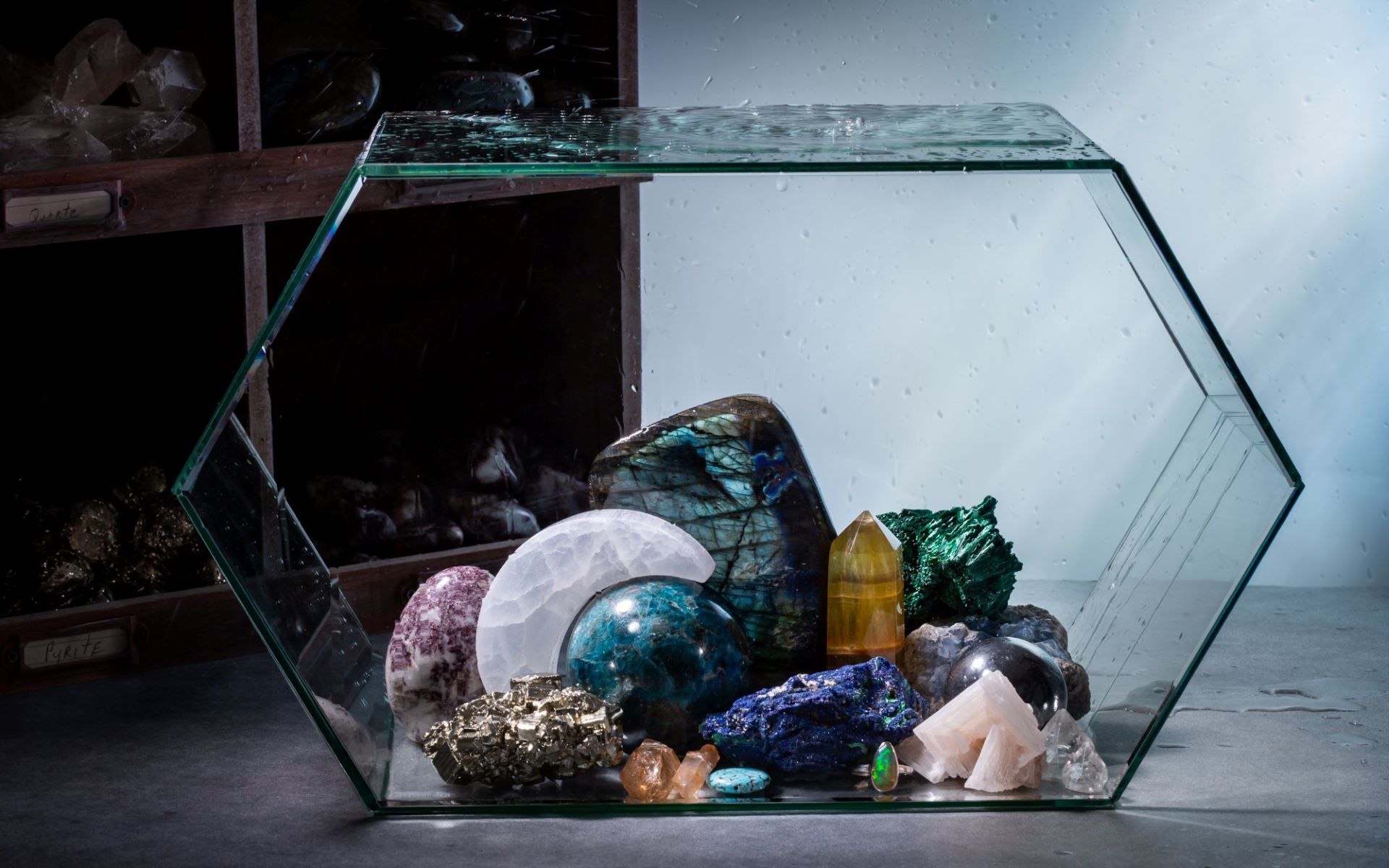

Interior Design Trends
Why Is Glass Not A Mineral
Published: February 4, 2024
Discover why glass is not considered a mineral and explore the latest interior design trends. Uncover the unique properties of glass and stay updated on the latest design inspirations.
(Many of the links in this article redirect to a specific reviewed product. Your purchase of these products through affiliate links helps to generate commission for Storables.com, at no extra cost. Learn more)
Introduction
When we think of minerals, we often envision natural, crystalline substances extracted from the earth, prized for their beauty and utility. However, one material that challenges this traditional perception is glass. Despite its appearance and usage in various applications, glass does not fit the conventional definition of a mineral. This distinction prompts an exploration of the fundamental differences between minerals and glass, shedding light on their unique properties and origins.
As we delve into the intriguing realm of geology and material science, it becomes evident that the classification of minerals and glass involves more than meets the eye. While minerals are renowned for their organic formation through geological processes, glass is a product of human ingenuity, crafted through the controlled cooling of molten materials. This distinction sets the stage for a captivating journey into the distinct characteristics and compositions of these two entities, unraveling the intricate tapestry of their individual identities.
In this exploration, we will unravel the defining features that set minerals and glass apart, delving into their chemical compositions, crystalline structures, and geological origins. By embarking on this enlightening quest, we aim to gain a deeper understanding of the natural world and the remarkable materials that shape our daily experiences. Let us embark on this illuminating expedition, peering through the looking glass to discern the captivating disparities between minerals and glass.
Key Takeaways:
- Minerals are natural, crystalline substances formed through geological processes, while glass is a human-made, non-crystalline material crafted through controlled cooling of molten materials. They have different origins and properties.
- Minerals have inorganic, crystalline structures with diverse chemical compositions, shaping the earth’s landscape and supporting ecosystems. Glass, on the other hand, is a versatile, non-crystalline material with diverse applications, showcasing human creativity and innovation.
Read more: What Is Mineral Glass
Definition of a Mineral
A mineral is a naturally occurring inorganic solid with a specific chemical composition and a crystalline structure. These remarkable substances are formed through geological processes over extensive periods, often originating from the cooling and solidification of molten rock, known as magma or lava. Minerals encompass a diverse array of compounds, ranging from the dazzling allure of gemstones to the robust resilience of quartz and the lustrous sheen of metallic ores.
One of the defining characteristics of minerals is their inorganic nature, distinguishing them from organic materials such as wood, bone, and shell. This inorganic quality underscores the geological genesis of minerals, highlighting their formation from non-living processes within the earth's crust. Furthermore, the crystalline structure of minerals sets them apart, as their atoms are arranged in a repeating pattern, yielding distinct shapes and cleavage properties.
In addition to their inorganic and crystalline attributes, minerals exhibit a specific chemical composition, comprising elements in precise proportions. This composition gives rise to the diverse array of minerals, each bearing unique physical and chemical properties. From the vibrant hues of copper-bearing minerals to the iridescent play of colors in opals, the chemical composition of minerals imbues them with a captivating spectrum of characteristics.
Moreover, minerals are renowned for their role in shaping the earth's landscape and supporting diverse ecosystems. They serve as essential components of rocks and soils, contributing to the fertility of agricultural lands and the stability of geological formations. Furthermore, minerals play a pivotal role in various industrial processes, serving as raw materials for construction, manufacturing, and technological advancements.
In essence, the definition of a mineral encapsulates its natural origin, inorganic composition, crystalline structure, and diverse chemical properties. These elements converge to form the rich tapestry of minerals that adorn the earth, captivating our senses and enriching our understanding of the natural world. As we unravel the intricate complexities of minerals, we gain a profound appreciation for their enduring presence and profound impact on our lives.
Definition of Glass
Glass is a non-crystalline, amorphous solid that is often transparent and primarily composed of silica, with varying amounts of other compounds. Unlike minerals, which form through natural geological processes, glass is manufactured through the controlled cooling of molten materials. This distinctive production method sets glass apart from minerals, as it is crafted by humans rather than occurring naturally in the earth's crust.
The chemical composition of glass typically includes silica (silicon dioxide) as the primary component, along with additives such as sodium carbonate and calcium oxide. These additives influence the properties of glass, such as its melting point, hardness, and transparency. The absence of a crystalline structure distinguishes glass from minerals, as its atoms are arranged randomly rather than in a repeating pattern characteristic of crystals.
Glass exhibits a remarkable versatility, finding applications in architecture, art, technology, and everyday household items. Its transparency and malleability make it an ideal material for windows, lenses, and decorative objects. Furthermore, the ability to manipulate the composition of glass gives rise to a diverse range of types, including soda-lime glass, borosilicate glass, and lead crystal, each with distinct properties suited for specific uses.
The manufacturing of glass involves heating raw materials to high temperatures until they liquefy, followed by controlled cooling to solidify the molten mass into the desired shape. This process allows for the creation of intricate designs, intricate patterns, and vibrant colors, showcasing the artistry and ingenuity inherent in glassmaking.
In essence, the definition of glass encompasses its synthetic origin, non-crystalline structure, and diverse compositions tailored to specific applications. As a testament to human creativity and innovation, glass continues to captivate and inspire, transcending its utilitarian functions to embody artistic expression and technological advancement. Through its seamless fusion of science and art, glass stands as a testament to the boundless potential of human craftsmanship and the enduring allure of amorphous solids.
Glass is not a mineral because it does not have a crystalline structure. Minerals are naturally occurring solids with a specific chemical composition and a repeating atomic arrangement. Glass is an amorphous solid, meaning it lacks the ordered structure of a mineral.
Characteristics of Minerals
Minerals exhibit a diverse array of characteristics that distinguish them as remarkable entities within the natural world. One of the defining features of minerals is their inorganic nature, setting them apart from organic materials and emphasizing their geological origins. This inorganic quality underscores the enduring presence of minerals in the earth's crust, where they contribute to the formation of rocks and the enrichment of soils.
Furthermore, the crystalline structure of minerals imbues them with distinct physical properties, including cleavage, hardness, and luster. This crystalline arrangement of atoms gives rise to the captivating shapes and formations observed in minerals, ranging from the geometric precision of quartz crystals to the intricate interlocking patterns of feldspar. The presence of cleavage planes allows minerals to break along specific directions, revealing smooth surfaces that showcase their internal structure.
Moreover, minerals exhibit a remarkable diversity of chemical compositions, encompassing a wide range of elements and compounds. This chemical variability gives rise to the vibrant spectrum of colors observed in minerals, from the deep crimson of rubies to the serene blue of aquamarine. The unique combination of elements within each mineral contributes to its distinct properties, such as its density, refractive index, and magnetic susceptibility.
In addition to their physical and chemical attributes, minerals play a pivotal role in supporting ecosystems and human civilization. They serve as essential components of rocks and ores, contributing to the formation of soils that sustain plant life and agricultural productivity. Furthermore, minerals are integral to various industrial processes, serving as raw materials for construction, manufacturing, and technological advancements.
The enduring allure of minerals lies in their enduring presence and profound impact on the natural world and human endeavors. From the dazzling beauty of gemstones to the utilitarian value of metallic ores, minerals continue to captivate our senses and enrich our understanding of the earth's geological heritage. As we marvel at the kaleidoscopic array of minerals, we gain a deeper appreciation for their enduring legacy and the remarkable interplay of geological processes that shape our planet.
Characteristics of Glass
Glass possesses a unique set of characteristics that distinguish it as a versatile and captivating material with diverse applications. Unlike minerals, which exhibit a crystalline structure, glass is non-crystalline and amorphous, with its atoms arranged randomly rather than in a repeating pattern. This non-crystalline nature contributes to the transparency and malleability of glass, making it an ideal medium for windows, lenses, and decorative objects.
One of the defining features of glass is its synthetic origin, crafted through the controlled cooling of molten materials. This distinctive production method sets glass apart from minerals, as it is a product of human ingenuity rather than a natural geological formation. The chemical composition of glass typically includes silica as the primary component, along with additives such as sodium carbonate and calcium oxide. These additives influence the properties of glass, such as its melting point, hardness, and transparency, allowing for the creation of diverse types tailored to specific applications.
The versatility of glass is exemplified by its widespread use in architecture, art, technology, and everyday household items. Its transparency and ability to transmit light make it an essential material for windows, skylights, and optical lenses, enabling the passage of natural light while providing protection from the elements. Furthermore, the artistry of glassmaking is showcased through the creation of intricate designs, vibrant colors, and delicate forms, elevating glass from a utilitarian material to a medium of artistic expression.
Moreover, the diverse compositions of glass give rise to a range of types, each with distinct properties suited for specific uses. Soda-lime glass, known for its durability and clarity, is commonly employed in windows, containers, and tableware. Borosilicate glass, prized for its thermal resistance and low coefficient of expansion, finds applications in laboratory equipment, cookware, and high-quality glassware. Additionally, lead crystal, renowned for its brilliance and refractive properties, is favored for fine glassware, chandeliers, and decorative ornaments, embodying the exquisite fusion of art and science inherent in glassmaking.
In essence, the characteristics of glass encompass its synthetic origin, non-crystalline structure, and diverse compositions tailored to specific applications. As a testament to human creativity and innovation, glass continues to captivate and inspire, transcending its utilitarian functions to embody artistic expression and technological advancement. Through its seamless fusion of science and art, glass stands as a testament to the boundless potential of human craftsmanship and the enduring allure of amorphous solids.
Read more: How To Remove Mineral Deposits From Glass
Conclusion
In conclusion, the distinction between minerals and glass unveils a captivating tapestry of geological origins, chemical compositions, and physical properties. While minerals emerge as natural, inorganic solids with a crystalline structure, glass stands as a non-crystalline, amorphous material crafted through human ingenuity. This fundamental disparity underscores the diverse pathways through which materials manifest in the natural world, reflecting the intricate interplay of geological processes and human creativity.
The enduring allure of minerals lies in their organic formation through geological processes, spanning millennia of crystallization and transformation within the earth's crust. From the resplendent beauty of gemstones to the robust resilience of metallic ores, minerals embody the geological heritage of our planet, shaping landscapes and supporting ecosystems. Their inorganic nature, crystalline structure, and diverse chemical compositions converge to form a rich mosaic of materials that captivate our senses and enrich our understanding of the natural world.
In contrast, glass emerges as a testament to human ingenuity, crafted through the controlled cooling of molten materials to yield a non-crystalline, transparent substance with diverse applications. The synthetic origin of glass sets it apart from minerals, highlighting the boundless potential of human craftsmanship and the seamless fusion of science and art. From architectural marvels to intricate artistry, glass transcends its utilitarian functions to embody artistic expression and technological advancement, showcasing the enduring allure of amorphous solids.
As we unravel the captivating disparities between minerals and glass, we gain a deeper appreciation for the remarkable materials that shape our daily experiences. The enduring presence of minerals in the earth's geological tapestry and the boundless creativity inherent in glassmaking serve as testaments to the remarkable diversity and ingenuity of materials that enrich our lives. By peering through the looking glass into the wondrous realm of minerals and glass, we embark on an enlightening journey that unveils the captivating interplay of natural processes and human endeavors, shaping the fabric of our world.
In essence, the distinction between minerals and glass transcends their physical and chemical properties, offering a profound glimpse into the enduring legacy of geological processes and the boundless potential of human creativity. As we marvel at the kaleidoscopic array of minerals and the captivating artistry of glass, we are reminded of the remarkable interplay of nature and human ingenuity that continues to shape our world, inspiring awe and enriching our understanding of the materials that define our existence.
Frequently Asked Questions about Why Is Glass Not A Mineral
Was this page helpful?
At Storables.com, we guarantee accurate and reliable information. Our content, validated by Expert Board Contributors, is crafted following stringent Editorial Policies. We're committed to providing you with well-researched, expert-backed insights for all your informational needs.
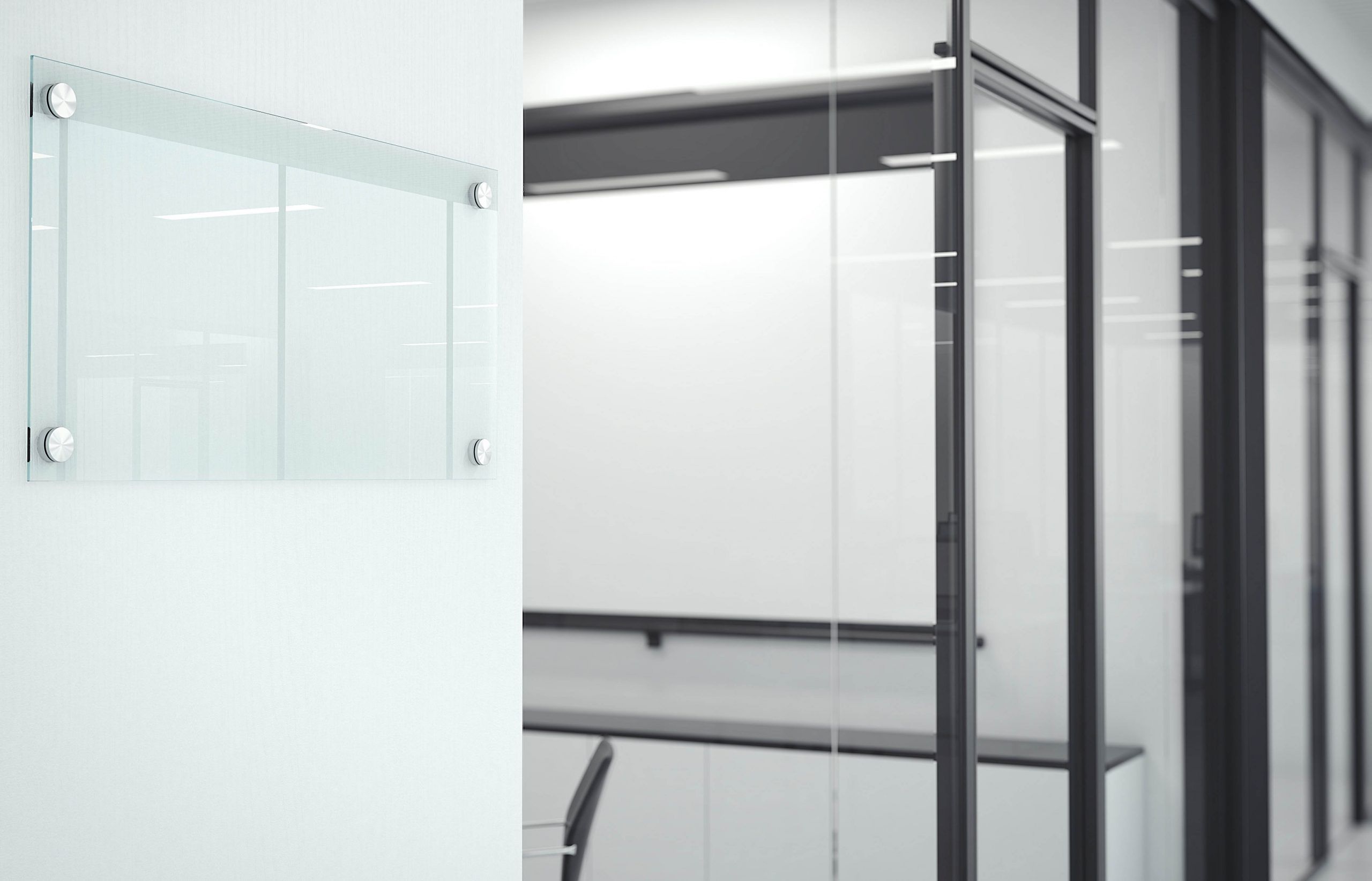
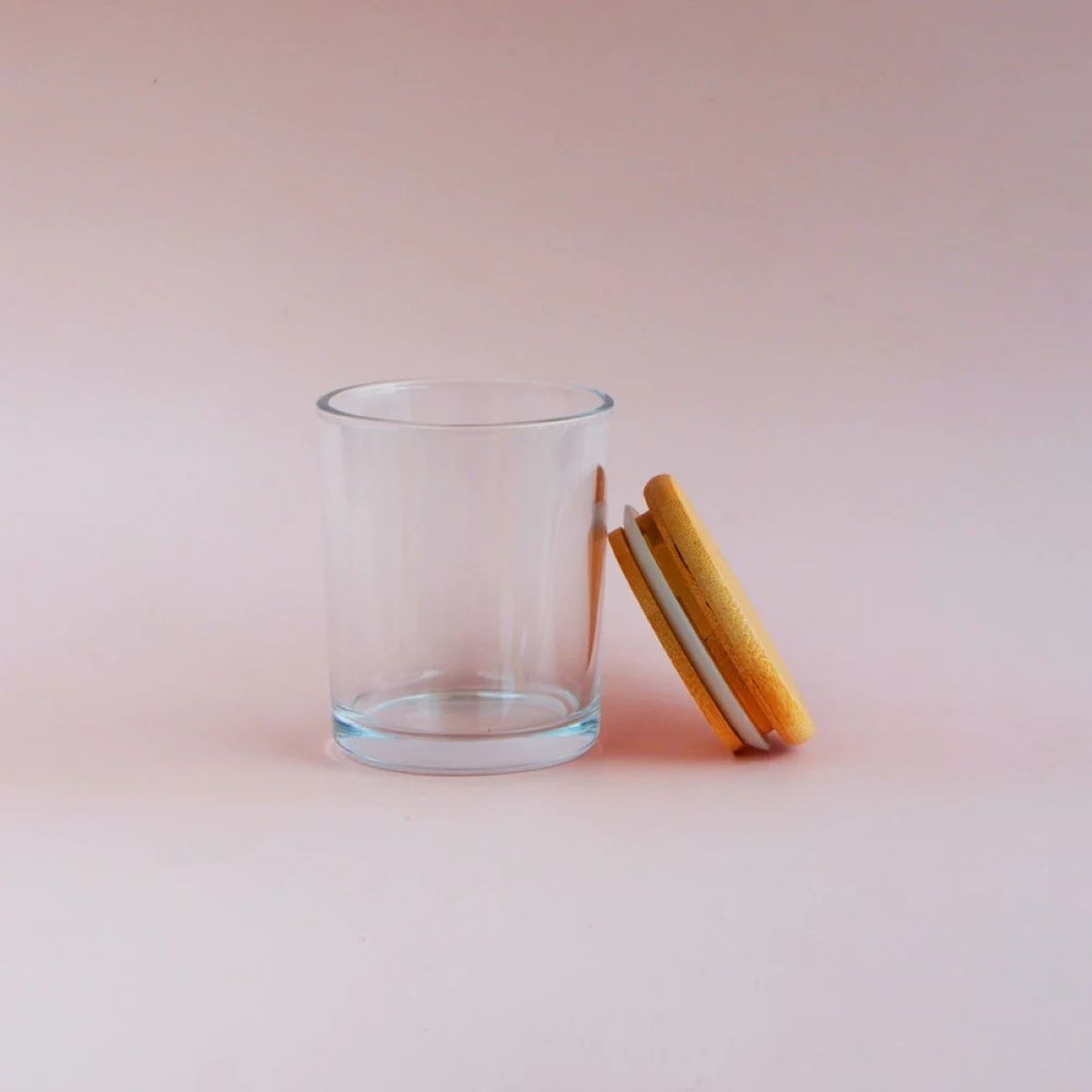
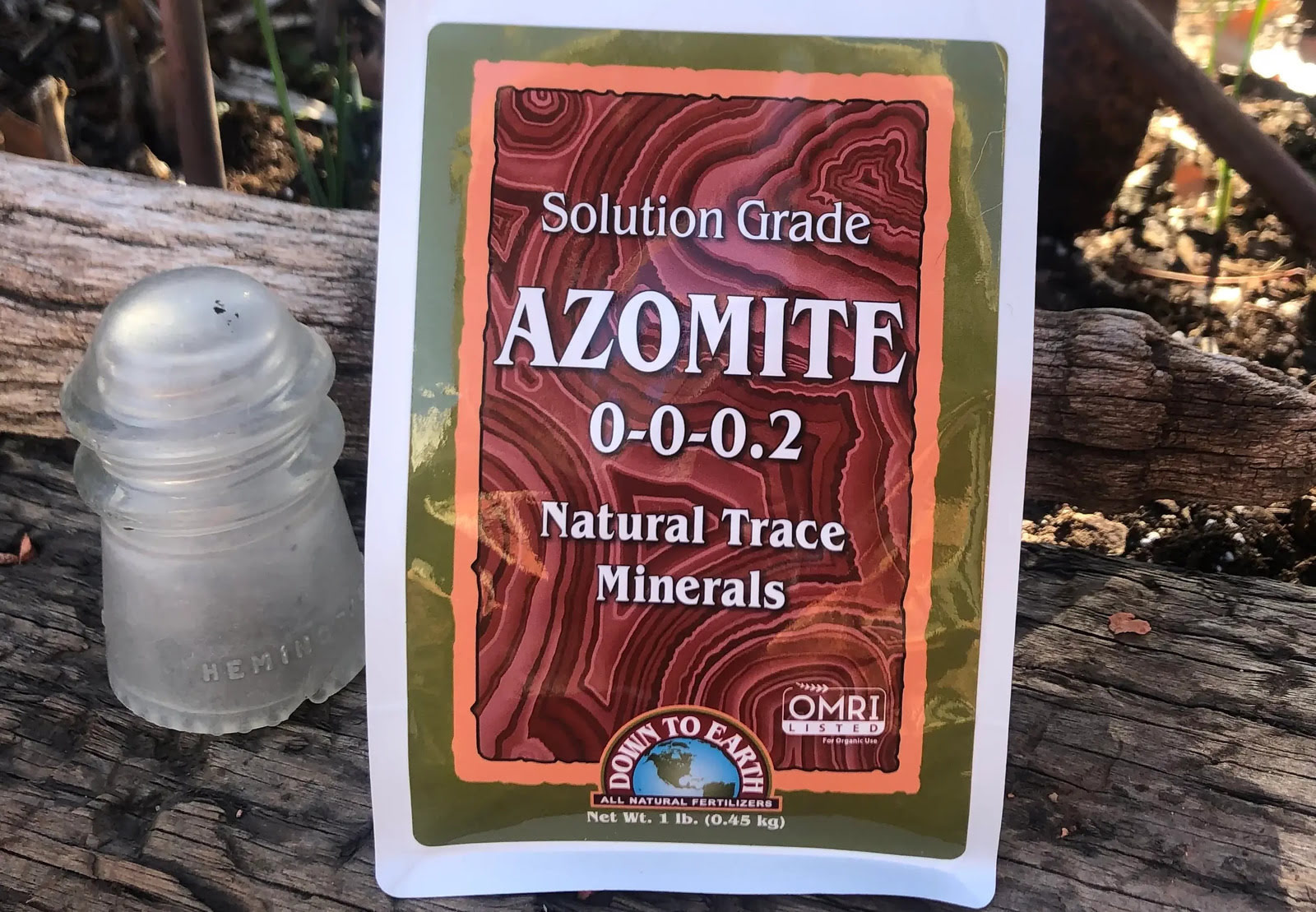
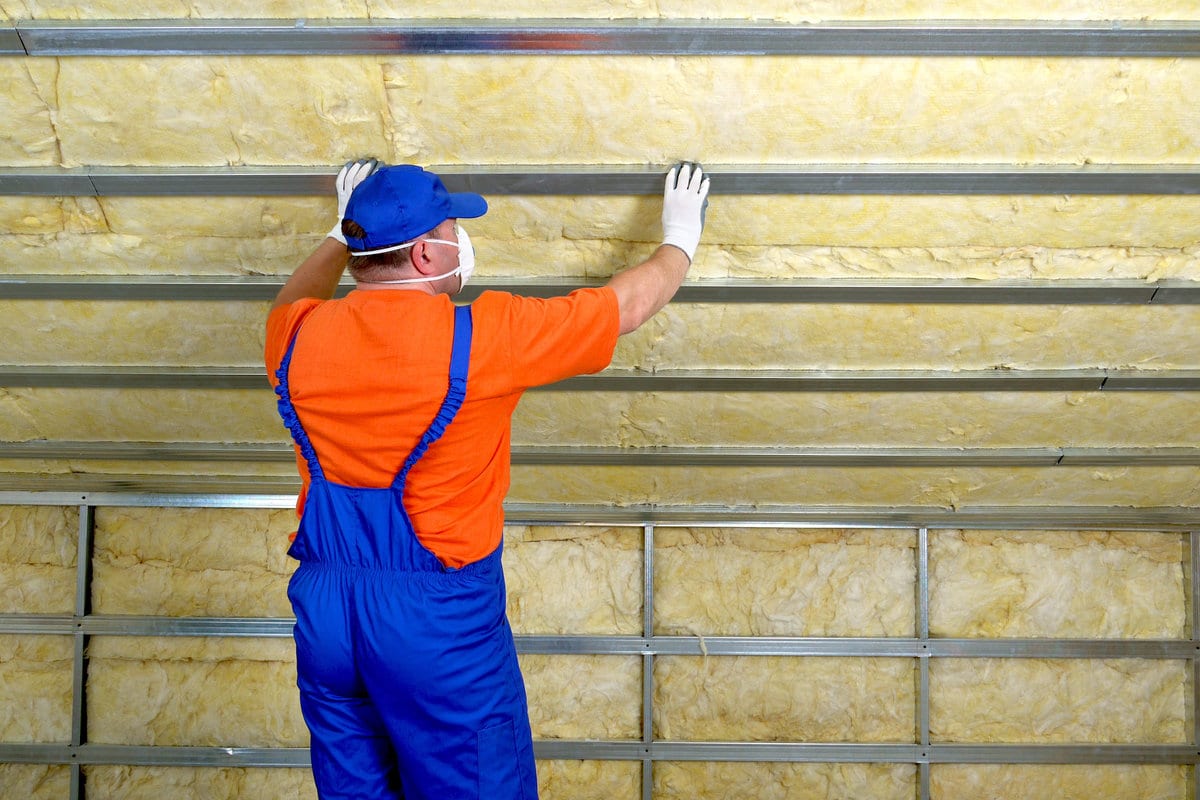
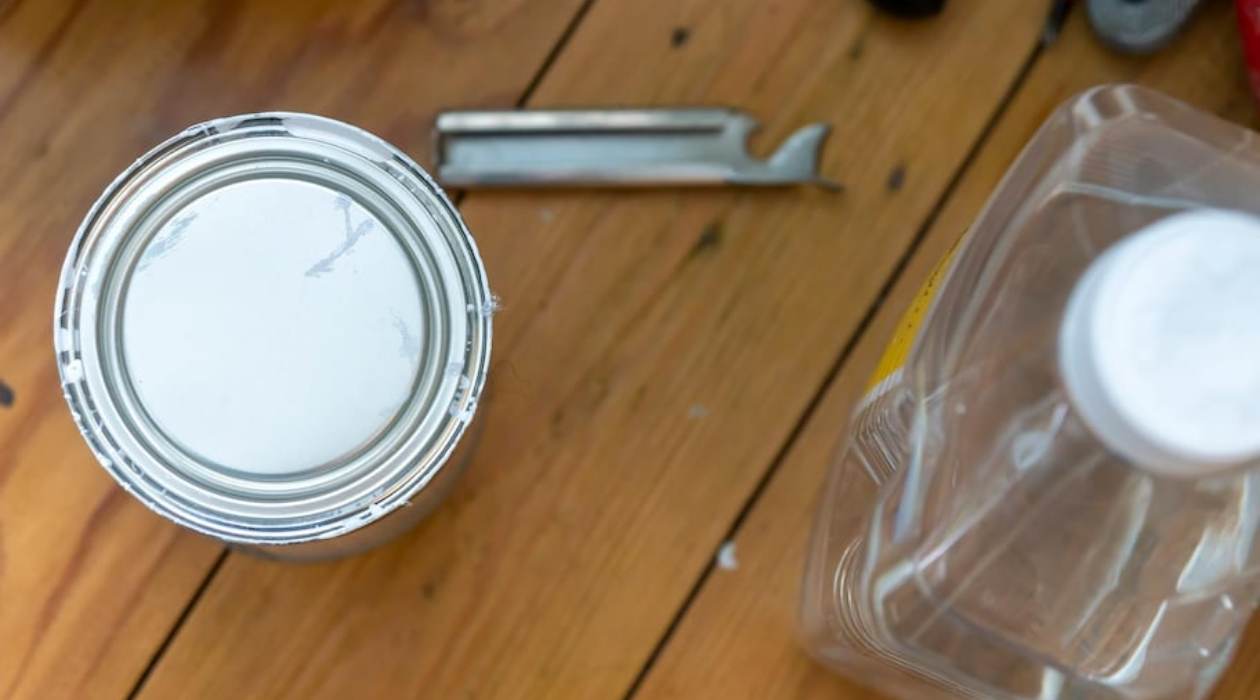
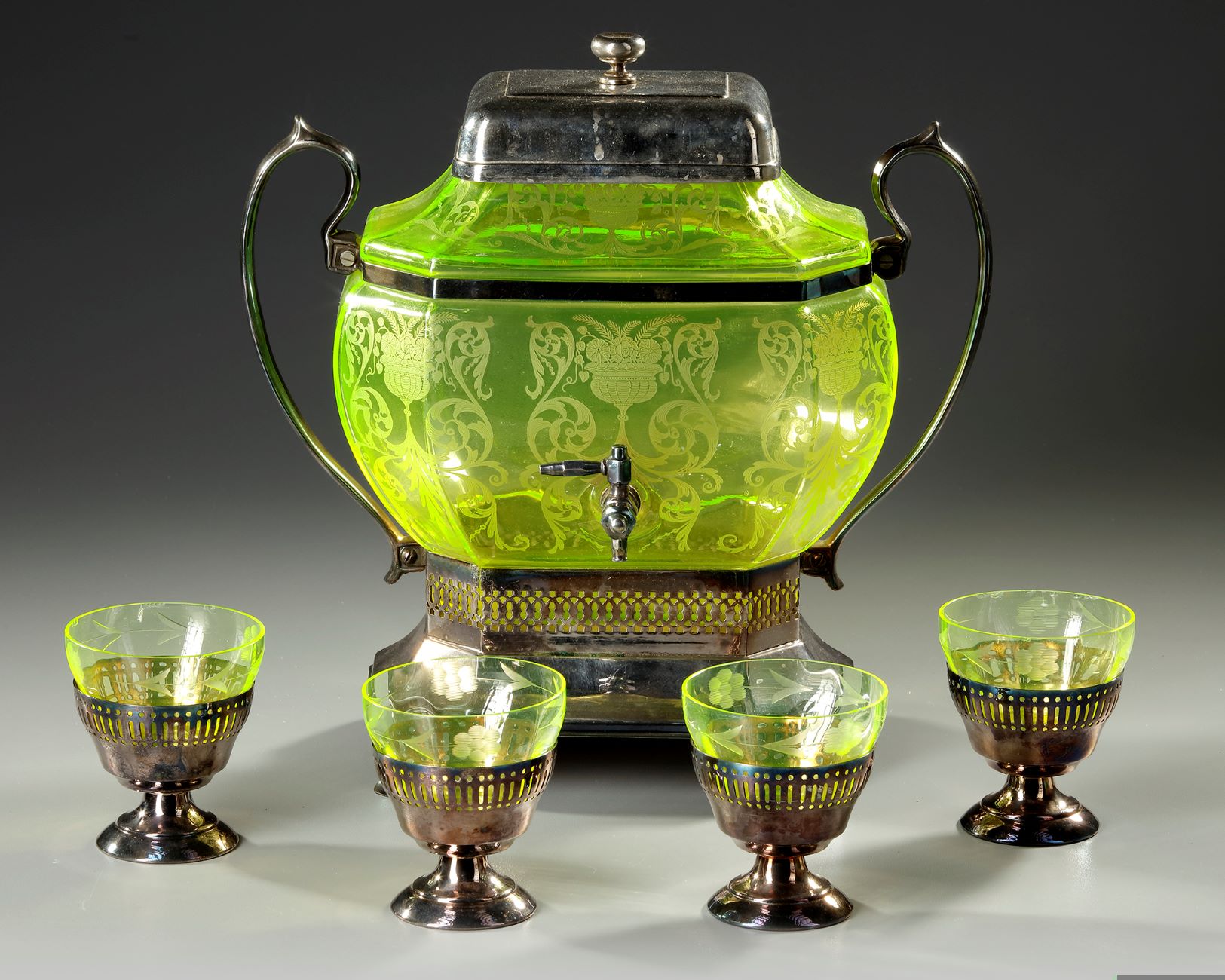


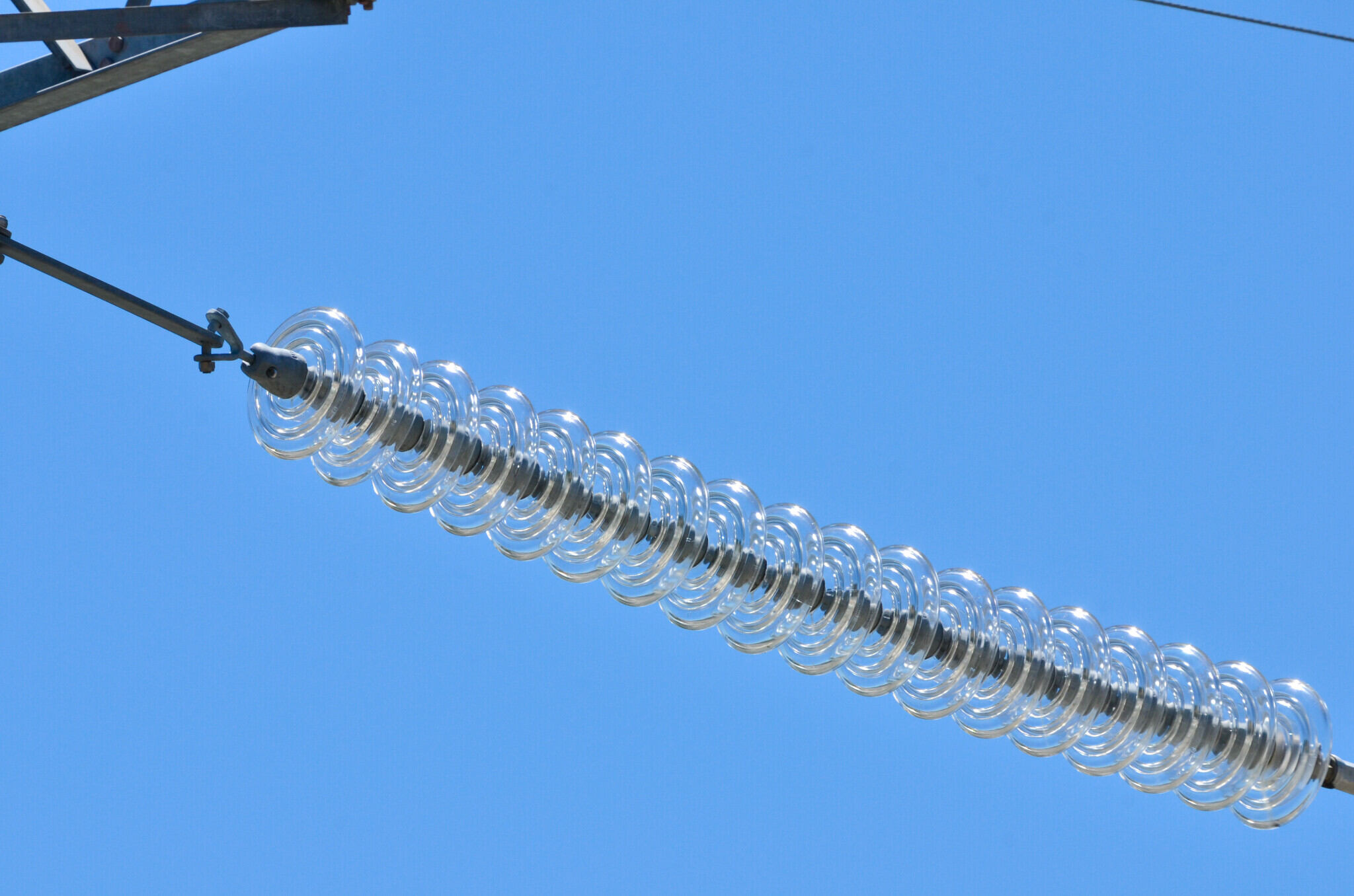

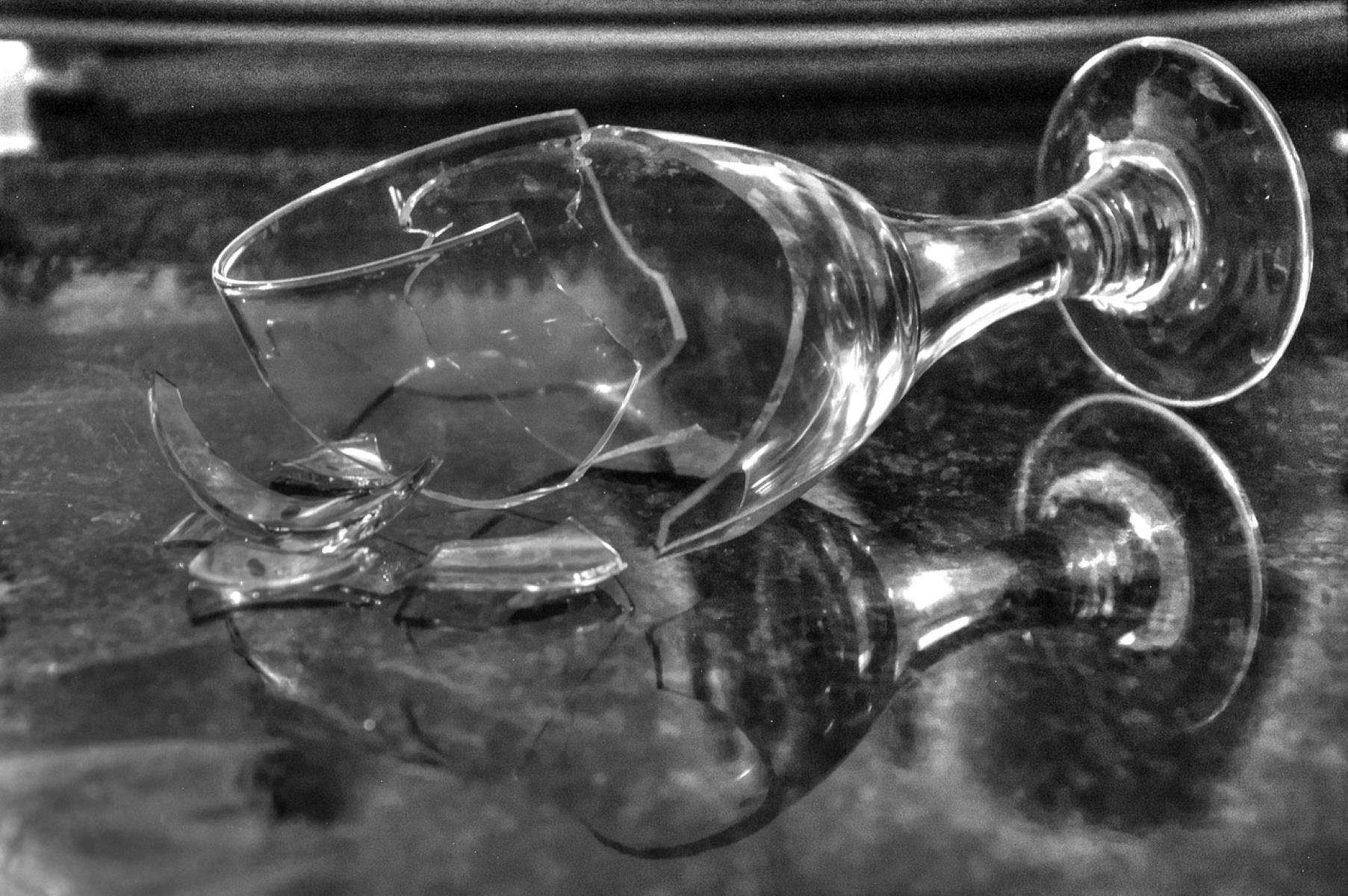
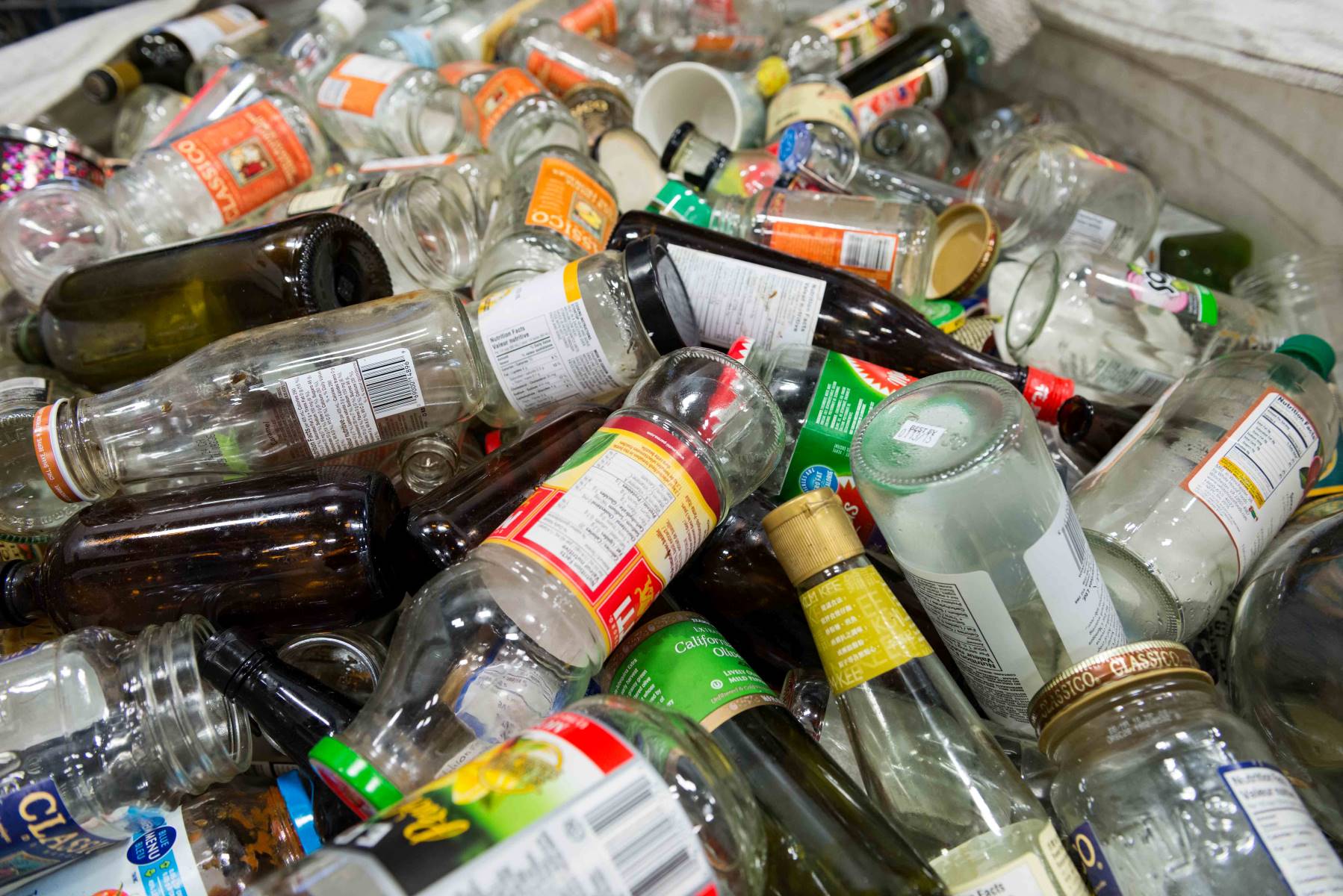



0 thoughts on “Why Is Glass Not A Mineral”